Where the Land Ends
Loïc Darses
2019
| 90 min
Selections and Awards
Loïc Darses’ Where the Land Ends gives 17 young Quebeckers of diverse origins a chance to express their views on cultural and political issues. The voices of the participants, who were all born too late to vote in the 1995 referendum on Quebec sovereignty, are heard over images of the places, shown empty, in which the history of Quebec was written, from the Calvaire d’Oka to the Grand Mosque of Quebec City.
As sensitive as it is hypnotic, Where the Land Ends traces the topography of Quebec in a poetic questioning of the province’s future. Identity, the question of nationality, the place of Indigenous peoples in our society, the appropriation of space, and the environment: these are all current issues that bear on the difficult question of Quebec’s inheritance. It seems as if these young people have not lost their desire to dream.
SYNOPSIS
Against the backdrop of the camera’s meditative wandering through the places that created Quebec, Where the Land Ends explores and questions the historical narrative, as a group of young people who were not old enough to vote in the 1995 referendum express their views.
ONE LINER
As sensitive as it is hypnotic, Where the Land Ends subtly and lucidly questions ideas of identity and political consciousness in our era, from the point of view of the millennial generation.
About the Film
The subject of the documentary Where the Land Ends, directed by Loïc Darses, is very clear in the words of one of the speakers in the film: “We’ve seen all those archival images.” Seventeen young Quebeckers, all of them born too late to vote in the 1995 referendum on Quebec sovereignty, talk about the difficulties of establishing an identity long after the end of the great Quebec drama. The images of that drama are indeed well known to all of us. But we are no longer at Expo 67, or at the Paul Sauvé Centre on the night of the Parti Québécois victory; nor are we now in the midst of an electrifying referendum campaign as we were in 1980 and 1995. This is not the spring of 2012, when a crowd of 200,000 people turned out to march in Montreal in support of the longest student strike in the history of the country. As one of the film’s protagonists says of the current generation of young people, no one really taught them to hope. Their efforts to create a new “Terre des Hommes” are entirely based on their own ideas. Fifty years after Expo 67 the ambitious project that at the time symbolized Quebec’s opening to the world Where the Land Ends offers an unsparing look at the emblematic moments that forged the province’s political consciousness.
With no concessions to nostalgia, Loïc Darses gives a new generation at the crossroads a chance to speak: their names are Maïtée Labrecque-Saganash, Jean-François Ruel (alias Yes Mccan), Carl Bergeron, Nora Loreto, Mélanie Hotchkiss, Lucia Carballo, Sibel Ataogul, Jade Barshee, Aurélie Lanctôt, Catherine Dorion, Jonathan Durand Folco, Simon-Pierre Savard-Tremblay, Pierre-Luc Brisson, Alexandre Leduc, Léane Labrèche-Dor, Patricia Boushel and Clara L’Heureux-Garcia. We never see them, these Quebeckers who come from diverse cultures and backgrounds. They are more or less anonymous: only their voices are heard, sometimes blending with barely audible echoes of the past. Loïc Darses’s camera tracks across those places where the history of Quebec was written, from the Calvaire d’Oka to the Grand Mosque in Quebec City, observing the Manic-5 dam, Kahnawake and the Parliament Building of the Assemblée nationale, but also passing over the land, lingering on the swirling currents of the St. Lawrence River and the banks of the Gaspé Peninsula. Loïc Darses shows us these places in counterpoint; paradoxically, they are empty. Thus, places to live.
The film unfolds in three major movements: first questioning, then impasse, and finally reclaiming. The speakers express themselves freely on the subjects of identity, activism, the place of the Indigenous peoples in Quebec society, the national question, language, the North American way of life, the environment, history, the passing on of heritage, and the appropriation of space. Where the Land Ends traces the topography of Quebec in the light of present challenges as well as the struggles of the past. Serious but audacious, formally rigorous, the film leaves itself room for a succession of slow, meditative camera movements, inviting reflection. The director’s gaze combines introspection and a generous openness, creating a poetic interrogation of our heritage and future horizons. His images predispose the viewer to the same poetic reverie; wandering the four corners of Quebec, they offer us without artifice a revelation of the enchanting beauty of the land.
Where the Land Ends takes up the difficult theme of “those who will follow,” to borrow the words of Pierre Perrault, whose Pour la suite du monde (For those who will follow) finds its echo in this film’s treatment of intergenerational transitions. It seems as if these young people have not forgotten how to dream.
A Note from the Director
It’s often said that a film, in essence, represents a point of view, but in my experience, making a film is above all a matter of taking a position (posture).
What position does one take, faced with reality? How does one engage deeply with a film when the spirit of the times calls for detachment? How can we even approach political engagement, in this strange era when our passionate energies are no longer poured into collective struggles but instead diverted into individual, isolated pursuits, or into populism? In a word, what posture does one adopt?
“This is a suspense film, because the outcome of the story is yet to be decided by all of us,” the director Gilles Groulx asserts at the beginning of his militant documentary 24 heures ou plus. In the sociopolitical context of the early 1970s, multiple revolutionary ideas were in the air, and the confident belief that people everywhere in the world could be liberated through transformative action was clearly relevant and right. But today, what remains of this “apprehensive optimism”?
With the triumph of globalized capitalism and the acknowledged defeat of the Quebec independence movement, a filmmaker who wants to bear witness to the time and place that formed him must, once again, pose the question of his community but how is he to do that?
It must be said that any reiteration of Groulx’s “apprehensive optimism” at this point in history would be not a posture, but an imposture.
Cinema can’t change the world. What it expresses, what it gives back to the viewer, is a subjective image, a reflection of the nature of things. Simply that. This reflection or aesthetic gesture can have no actual grasp of the real. It remains for us, having been tested and changed, or not, by this reflection, to transform, or not, the place and time that belongs to us.
The reflection that I wanted Where the Land Ends to give back is twofold: a voice and a space, both of which I believe we’ve lost.
Not the voice of a generation, but a voice that I realized I no longer heard, but that I needed to hear.
Not the space of some ideological project but rather the space of a reflection that lived within me, but within which I could no longer live.
The journey that this film proposes is one that I’ve undertaken myself many times over, and my point of view, as I followed that path, was always evolving. I traversed this film as one travels through life: never knowing at any given moment what route to take, and sometimes forgetting that although a course can be plotted, it can never really be completed as planned. The time of the film, which is now sealed in the past, offers no less than an immediate witness to an extended period of wandering and questioning.
Where the Land Ends might have been a suspense film, but it was never about the outcome of its story.
I emerge from it, however, with a conviction (read: point of view) that will never leave me: when we are faced with the political impasse expressed in this film, we must change our posture our position.
Maybe a new optimism, without fear or reproach, will appear in the form of a renewed faith in humanity’s power to create, perhaps not to create that grand, tangible, comprehensive revolution that has always, in its mere prospect, stirred passion and unleashed repression but to achieve instead, through art or any other means, countless far smaller upheavals, palpable or spiritual, in the hearts of all those who are surprised to find themselves still wishing to be moved by our shared humanity.
And yes, I would like to believe in that.
The origin of the project, told by Colette Loumède
Where the Land Ends is a film that proves the fundamental importance of seeking out new talent wherever it appears. For the Repêchage initiative in 2015, the École des médias (UQAM) gave me access to a pool of graduating students, from which I selected a trio of promising young creative talents trained in three different aspects of documentary filmmaking. The goal: to provide them with an opportunity to film their first professional production, and to encourage them to make it an exceptional work, using all their talent and potential.
The three I chose were a director, Loïc Darses; a film editor, Philippe Lefebvre; and a cinematographer, Charlotte Lacoursière. This trio was joined partway through the filming by another cinematographer, Louis Turcotte. My job was simply to go with these young artists wherever their work took them, allowing them complete creative freedom.
For me, producing is a learning experience. Every time I produce a film I discover something new about my trade, in ways I could never have predicted. Working with the young filmmakers on Where the Land Ends was a veritable meeting of the generations. What a gift for me to discover them and their way of seeing the world, to give them the means to express their relationship to images, and to invite them to take up and use the tools of cinema as they pleased! In short, to trust them. My thanks and congratulations to them all for completing the project so successfully.
A side note: Where the Land Ends, a film about Quebec’s identity and its territorial and political consciousness, includes not a single archival image and not one speech by a politician, this despite the fact that I also produced Luc Bourdon’s The Devil’s Share and The Memories of Angels, both based exclusively on archival footage! And so one thing I know for certain: every project is an opportunity to reinvent yourself, in style and substance, even when it makes your head spin.
To me, that is an essential part of the NFB’s role as Canada’s public producer. We do not have the right not to take risks, not to aim to renew ourselves over and over again. This magnificent invitation to surpass oneself is extended to young and established directors alike, as well as to creative crews at the NFB and in the film community at large. For Where the Land Ends, that is exactly what I proposed: choose the less obvious film, go with the idea that scares you most, take a chance on the project whose outcome is least certain. And, finally, never lose sight of the viewer, remembering always that the goal is to create meaning.
The origin of the project, told by Loïc Darses
There are films we carry around within us that demand to be born, to exist; at the very first opportunity, whatever the context, they will emerge. But there is another kind of film, which appears only in a particular context, or because certain unique circumstances have aligned. I would personally place Where the Land Ends in the second category.
Not that this film is any less close to me than the others, or less deeply felt. On the contrary. But it must be said that it grew inevitably out of certain specific circumstances: I had just graduated from the UQAM film program, and I immediately joined the NFB, thanks to my producer, Colette Loumède, who literally came to find me at school so that we could start work together.
To put it another way: I would never have made this film (at least this version of it) if it weren’t for the NFB.
This was a very rare set of circumstances. It’s not an everyday occurrence for the most important documentary film institution in the country to open its doors to a young filmmaker, barely 20 years old, and to greet him with, “Okay, little brat, come on in. We want you to give us your perspective on things.” Of course, with this invitation came a serious responsibility, and not just to the high standards of the institution. I had to live up to the incredible chance I’d been given. I had to show I was up to the task.
The context, improbable as it was, allowed me conceptualize a film that would turn out to be just as improbable. And truth be told, this film would have been virtually unproduce-able in any other circumstances. The immense freedom I was given, the (sometimes blind) confidence of my producer, and the absence of any real financial constraints made it possible for me to imagine my film inside my own charmed circle, isolated from the traditional norms.
I had a sandbox of my own to play in, and a free hand. This gave me the idea of making a film I had dreamed of seeing, a film I knew would never have the remotest chance of being produced if it weren’t for the extraordinary opportunity I’d been given. At the beginning I had two others on my team, my fellow UQAM graduates Philippe Lefebvre and Charlotte Lacoursière, as editor and director of photography respectively. Later, a fourth musketeer, Louis Turcotte, joined our group, taking over images and visual effects. And so I was launched into the mad adventure of “turning the camera around” towards my contemporaries, and trying humbly to define, through their words, the political spirit of this time, in this place called Quebec.
All that being said, I have to admit that long before I ever thought of Where the Land Ends, I had always dreamed of making “an NFB film.”
And that means what, exactly?
In the year 2019, what is “an NFB film” for a young filmmaker whose national cinematic education was chiefly acquired in the heart of that very place, a place that might fairly be described as sacred?
Part of my answer to that question is Where the Land Ends.
The film is also in part a response to the Direct Cinema of the 1960s; but it draws its real inspiration from the larger context of Quebec cinema and the NFB in the 1970s. Where the Land Ends returns to and renews elements of the key themes of that time, including identity, politics, territory, etc., but it proposes a different, shall we say, a more “indirect” approach.
And the beginnings of an answer to that open question. What is the essential nature of an NFB film are surely to be found in Where the Land Ends, in the work itself, with its highwire act balancing tradition and modernity, moving from heritage to a future in which the best way to create a relationship with our predecessors, our “ancestors,” may be to try to create a new dialogue.
For me, as a filmmaker, what was fascinating about Where the Land Ends was that the creative tension at the heart of the “NFBian” context of the project was in essence a metaphor for the reflections contained in the film itself, in the picture it paints of Quebec in transition. And in this sense the documentary resolutely inscribes itself in the tradition. In asking what “an NFB film” is today, Where the Land Ends seeks to gather up the threads of history and do with them what was always done by our predecessors we address the past, telling our story of the present, so that those who come after us can take up the thread in their turn.
Press Release
The National Film Board of Canada (NFB) will be at the 37th Rendez-vous Québec Cinéma, February 20 to March 2, 2019, with a selection of 15 NFB productions and co-productions directed by filmmakers with strong auteur points of view—nine feature-length documentaries, five animated shorts, and an immersive documentary. Whether examining inner landscapes or the tangible, inhabited world, these works take a bold look at the notion of territory. Loïc Darses’s feature documentary La fin des terres (Where the Land Ends) will receive its world premiere at the RVQC’s closing event. This poignant film takes an uncompromising stance in exploring the political, territorial, and identity issues of our time in Quebec, from the perspective of a group of millennials. To read more.
Team
Loïc Darses
Director
Photo
Photo : Justine Dorval
Colette Loumède
Producer (NFB)
Photo
Photo : NFB
Philippe Lefebvre
Editor
Photo
Photo : NFB
Charlotte Lacoursière
Director of Photography
Photo
Photo : NFB
Louis Turcotte
Director of Photography
Photo
Photo : NFB
Images
Loading...
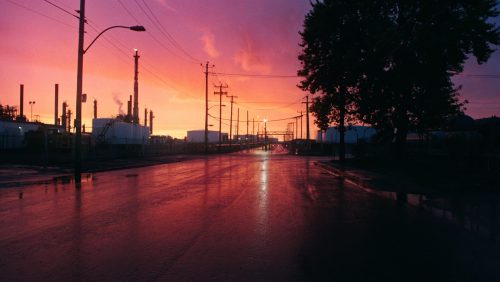
Download
Loading...
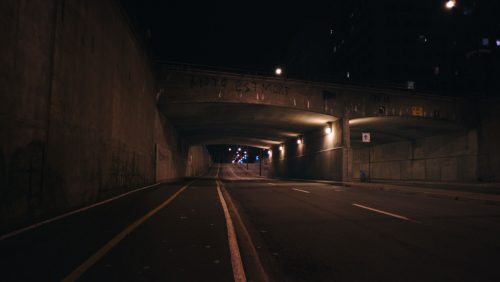
Download
Loading...
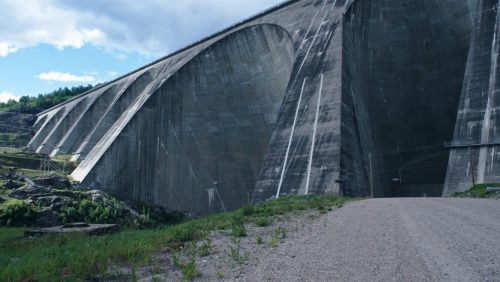
Download
Loading...
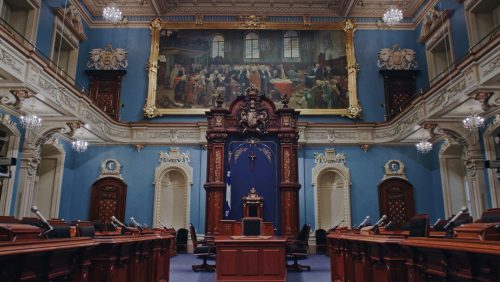
Download
Loading...

Download
Loading...
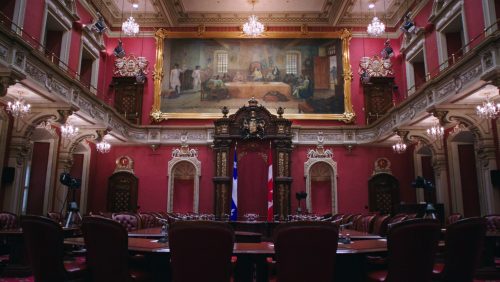
Download
Loading...
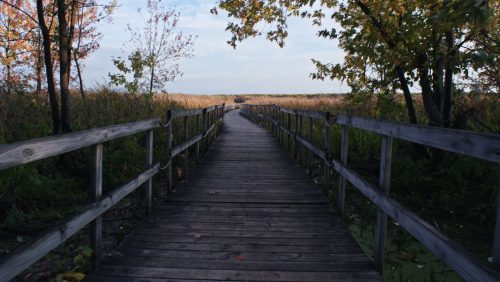
Download
Loading...
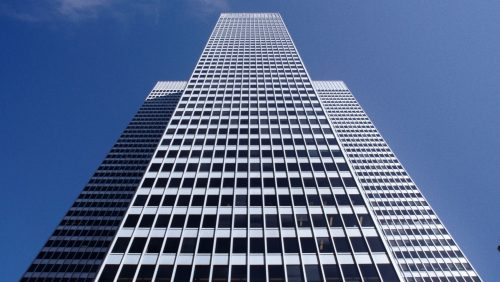
Download
Loading...
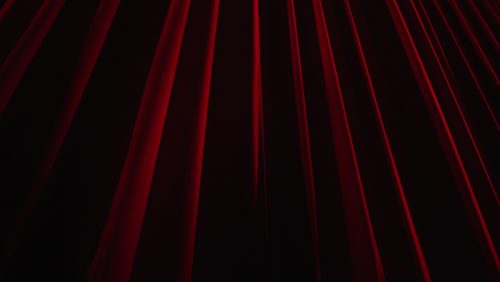
Download
Loading...
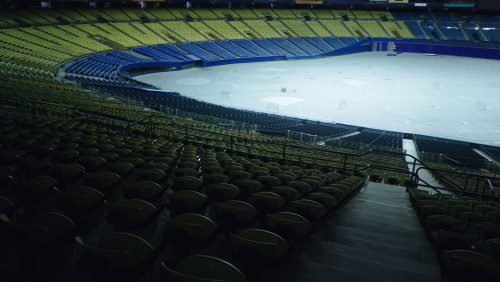
Download
Loading...
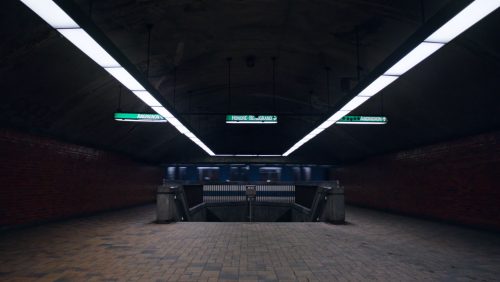
Download
Loading...

Download
Loading...
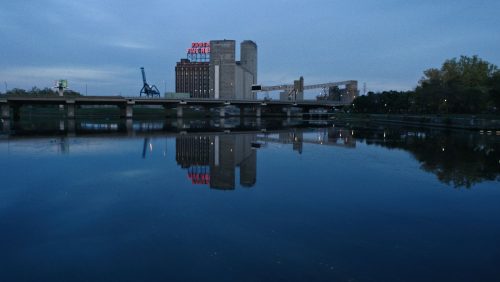
Download
Loading...

Download
Loading...
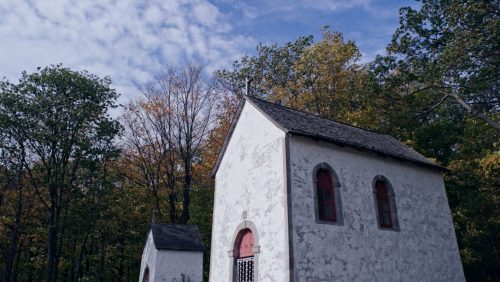
Download
Loading...
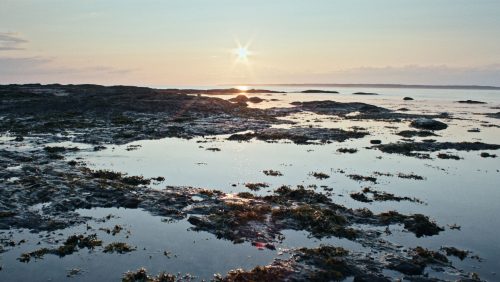
Download
Loading...
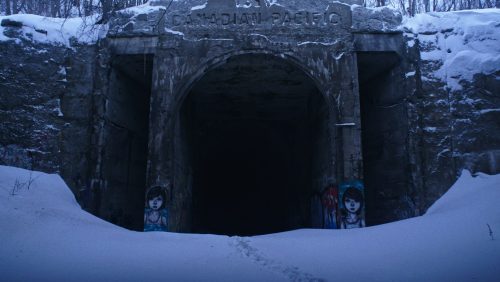
Download
Loading...
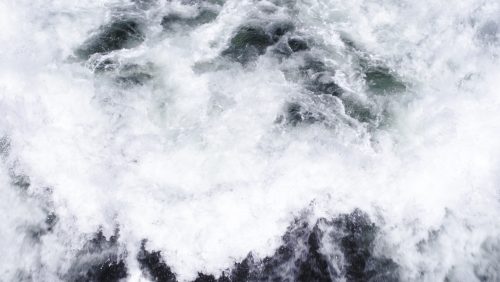
Download
Credits
Sibel Ataogul
Jade Barshee
Carl Bergeron
Patricia Boushel
Pierre-Luc Brisson
Lucia Carballo
Catherine Dorion
Jonathan Durand Folco
Mélanie Hotchkiss
Clara L’Heureux-Garcia
Léane Labrèche-Dor
Maïtée Labrecque-Saganash
Aurélie Lanctôt
Alexandre Leduc
Nora Loreto
Jean-François Ruel
Simon-Pierre Savard-Tremblay
Researched, written and directed by
Loïc Darses
Produced by
Colette Loumède
Editing
Philippe Lefebvre
Images
Charlotte Lacoursière
Louis Turcotte
Original Music
Tim Hecker
Sound Design
Marie-Pierre Grenier
Datamoshing
Louis Turcotte
Line Producer
Mélanie Lasnier
Technical Advisor – Camera
Steve Hallé
Additional Camera Assistant
Hubert Auger
Technical Support – Editing
Pierre Dupont
Isabelle Painchaud
Patrick Trahan
Translation and Subtitles
CNST
Titles
Mélanie Bouchard
Online Editing
Yannick Carrier
Sound Recording – Interviews
Geoffrey Mitchell
Luc Léger
Foley
Nicolas Gagnon
Foley Recording
Geoffrey Mitchell
Re-recording
Shelley Craig
Additional Music
SPECTRAL
Composed and performed by
TIM HECKER
With the permission of
WARP PUBLISHING
Appears Courtesy
SUNBLIND MUSIC
HARMONY IN BLUE I
Composed and performed by
TIM HECKER
With the permission of
WARP PUBLISHING
Appears Courtesy
KRANKY, LTD.
BORDERLANDS
Composed and performed by
TIM HECKER
With the permission of
WARP PUBLISHING
Appears Courtesy
KRANKY, LTD.
MUSIC OF THE AIR
Composed and performed by
TIM HECKER
With the permission of
WARP PUBLISHING
Appears Courtesy
PAPER BAG RECORDS INC.
PASSACAGLIA AND FUGUE
IN C MINOR, BWV 582
Composed by J.S. Bach
Performed by Gerhard Zukriegel
Courtesy of
NAXOS OF AMERICA INC.
NO DRUMS
Composed and performed by
TIM HECKER
With the permission of
WARP PUBLISHING
Appears Courtesy
KRANKY, LTD.
UNE LUTTE
Composed by
SIMON CHIOINI
BALKANIZE-YOU
Composed and performed by
TIM HECKER
With the permission of
WARP PUBLISHING
Appears Courtesy
SUNBLIND MUSIC
TRADE WINDS, WHITE HEAT
Composed and performed by
TIM HECKER
With the permission of
WARP PUBLISHING
Appears Courtesy
SUNBLIND MUSIC
HARMONY IN BLUE III
Composed and performed by
TIM HECKER
With the permission of
WARP PUBLISHING
Appears Courtesy
KRANKY, LTD.
AERIAL LIGHT-POLLUTION ORANGE
Composed and performed by
TIM HECKER
With the permission of
WARP PUBLISHING
Appears Courtesy
SUNBLIND MUSIC
DUNGEONEERING
Composed and performed by
TIM HECKER
With the permission of
WARP PUBLISHING
Appears Courtesy
KRANKY, LTD.
INCURABLY OPTIMISTIC!
Composed and performed by
TIM HECKER
With the permission of
WARP PUBLISHING
Appears Courtesy
SUNBLIND MUSIC
BLOOD RAINBOW
Composed and performed by
TIM HECKER
With the permission of
WARP PUBLISHING
Appears Courtesy
KRANKY, LTD.
Thanks to
Simon Beaulieu
Yousra Benziane
Santiago Bertolino
Rosalie Chicoine Perreault
Yann Darses
Yohann Darses
Alexandra de Launière
Amélie Hardy
Patricio Henríquez
Yannick Grandmont
Laurie Laberge
Alexandre Lefebvre
Sylvia Mezei
Colin Nixon
René Roberge
Lucie Tremblay
and
Gilles Groulx
Pierre Vallières
Legal Advisor
Christian Pitchen
Press Relations
Marie-Claude Lamoureux
Marketing Manager
Judith Lessard-Bérubé
Assisted by
Jolène Lessard
Administrator
Sia Koukoulas
Production Coordinators
Chinda Phommarinh
Pascale Savoie-Brideau
Gabrielle Dupont
Rozenn Potin
Technical Coordinator
Mira Mailhot
This film was produced as part of
THE REPÊCHAGE INITIATIVE
with the kind collaboration of the Film Program at
UQAM’S SCHOOL OF MEDIA
We would like to thank
DENIS CHOUINARD,
Head of the Film Program at
UQAM’S SCHOOL OF MEDIA
as well as
DIANE POITRAS AND PAUL TANA
for their invaluable assistance
FRENCH PROGRAM
DOCUMENTARY STUDIO
A NATIONAL FILM BOARD OF CANADA
PRODUCTION
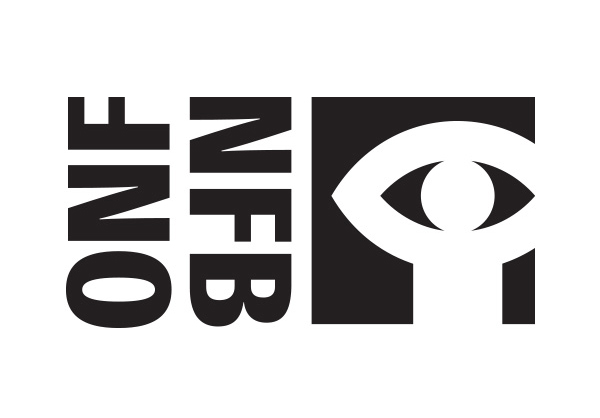
© 2019 NATIONAL FILM BOARD OF CANADA
Media Relations
-
About the NFB
For more than 80 years, the National Film Board of Canada (NFB) has produced, distributed and preserved those stories, which now form a vast audiovisual collection—an important part of our cultural heritage that represents all Canadians.
To tell these stories, the NFB works with filmmakers of all ages and backgrounds, from across the country. It harnesses their creativity to produce relevant and groundbreaking content for curious, engaged and diverse audiences. The NFB also collaborates with industry experts to foster innovation in every aspect of storytelling, from formats to distribution models.
Every year, another 50 or so powerful new animated and documentary films are added to the NFB’s extensive collection of more than 14,000 titles, half of which are available to watch for free on nfb.ca.
Through its mandate, its stature and its productions, the NFB contributes to Canada’s cultural identity and is helping to build the Canada of tomorrow.